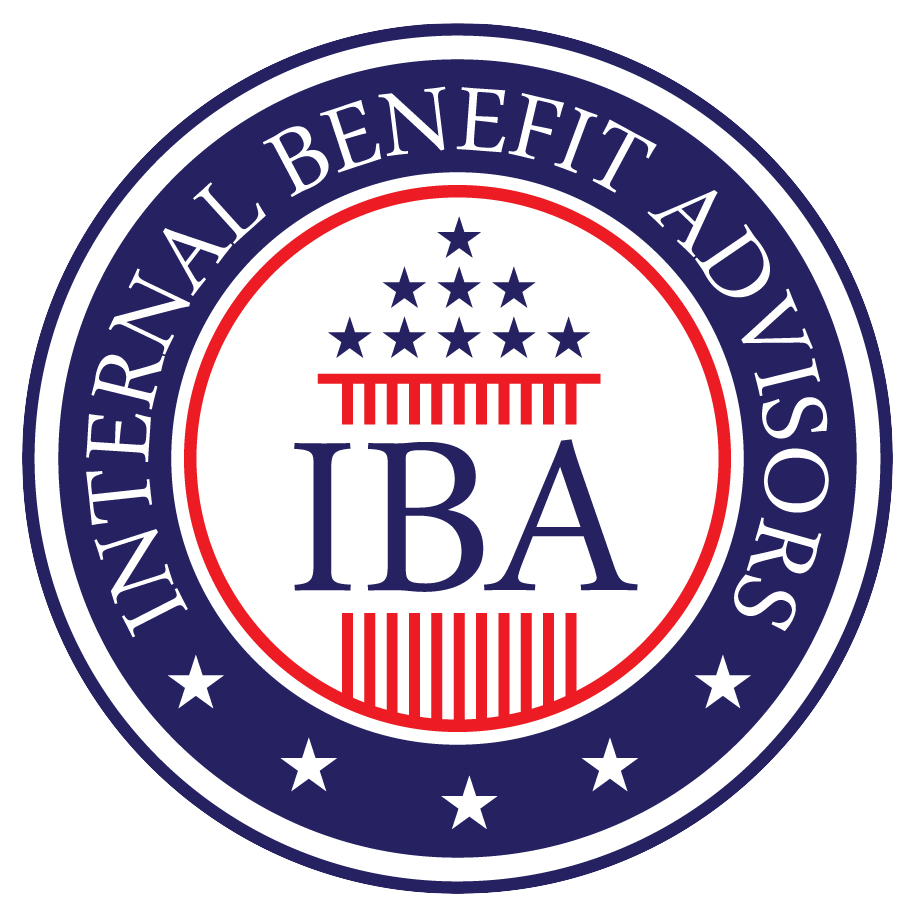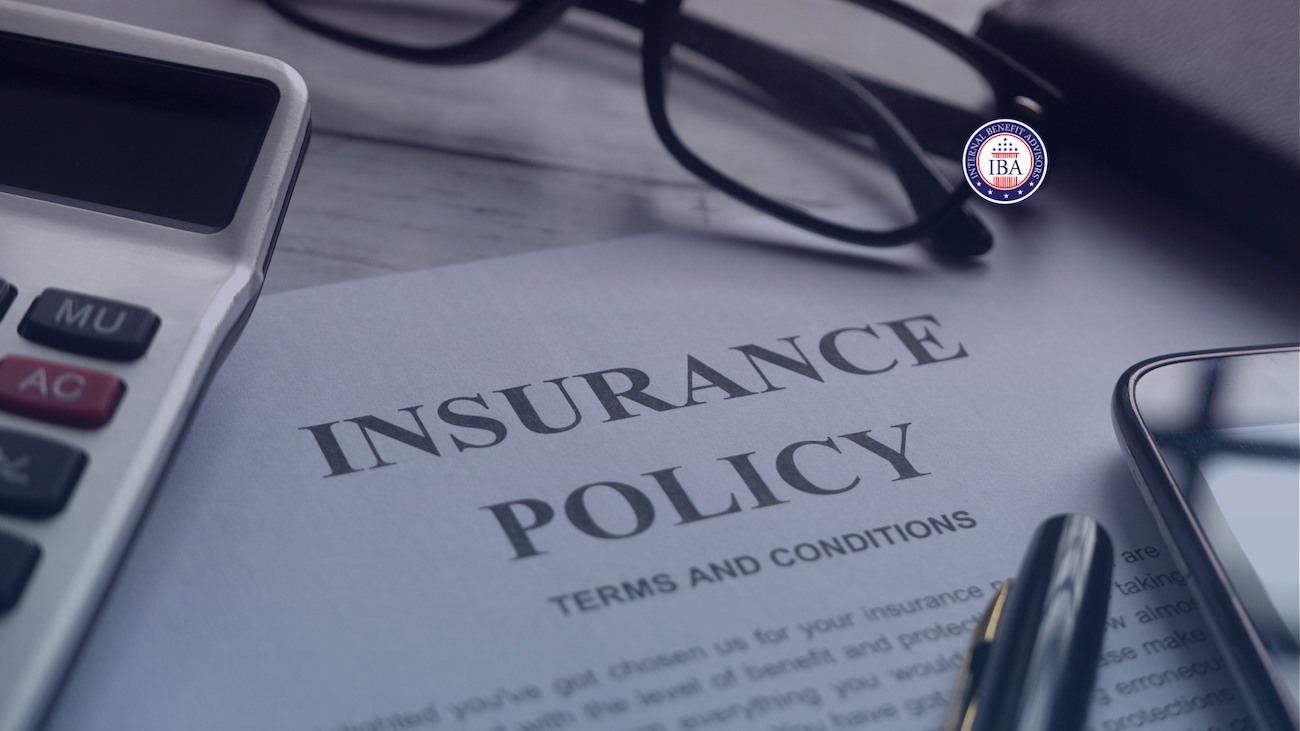Retirement is a significant milestone that requires careful planning and thoughtful consideration, especially for federal employees. With a range of federal benefits available, from the Thrift Savings Plan (TSP) to Federal Employees Group Life Insurance (FEGLI), it’s essential to ensure that every aspect of your retirement plan is optimized. This blog post provides a comprehensive checklist to help federal employees maximize their benefits and secure a comfortable retirement.
1. Thrift Savings Plan (TSP) Optimization
The Thrift Savings Plan (TSP) is one of the most valuable retirement savings vehicles available to federal employees. To ensure a comfortable retirement, it’s crucial to optimize your TSP contributions and investment strategy.
- Maximize Contributions: Contributing the maximum allowable amount to your TSP each year is one of the most effective ways to build a substantial retirement nest egg. For 2024, the TSP contribution limit is $22,500, with an additional $7,500 catch-up contribution allowed for employees aged 50 and older. By maximizing your contributions, you can take full advantage of the tax-deferred growth offered by the TSP.
- Diversify Investments: The TSP offers a range of investment options, including the G Fund, F Fund, C Fund, S Fund, I Fund, and Lifecycle Funds. Diversifying your investments across these options can help mitigate risk and ensure that your portfolio is well-balanced. Consider your risk tolerance and retirement timeline when choosing your investments, and regularly review your portfolio to ensure it aligns with your financial goals.
- Understand Withdrawal Options: When it comes time to withdraw from your TSP in retirement, it’s important to understand the different options available. You can choose from a lump-sum withdrawal, monthly payments, or an annuity. Each option has different tax implications and impacts on your retirement income, so it’s essential to choose the option that best suits your needs.
2. Federal Employees Retirement System (FERS) Pension Planning
For those covered under the Federal Employees Retirement System (FERS), your pension will be a significant source of income in retirement. Proper planning is essential to ensure you receive the maximum benefits from your FERS pension.
- Understand the FERS Formula: Your FERS pension is calculated based on your years of service, your high-3 average salary, and a multiplier (1% or 1.1%, depending on your retirement age). Understanding this formula is key to estimating your retirement income and planning accordingly.
- Maximize Years of Service: The more years you have in federal service, the higher your FERS pension will be. If possible, consider staying in service longer to increase your pension. Additionally, if you have previous military service or other qualifying service, look into buying back those years to add to your total years of service.
- Choose the Right Retirement Age: Retiring at age 62 or later can increase your FERS pension by 10% thanks to the higher multiplier (1.1% vs. 1%). Additionally, retiring after age 62 with at least 20 years of service allows you to take advantage of this increased benefit.
3. Social Security Integration
Social Security is another key component of retirement income for federal employees, especially those under FERS. Understanding how your Social Security benefits integrate with your other federal benefits is essential for maximizing your retirement income.
- Know Your Full Retirement Age: Your full retirement age (FRA) is the age at which you are entitled to receive your full Social Security benefit. For most people, this is between 66 and 67. Claiming benefits before your FRA will reduce your monthly benefit, while delaying benefits beyond your FRA can increase your monthly benefit by 8% per year until age 70.
- Coordinate with FERS Pension: If you retire before reaching your FRA, you may be eligible for the FERS Supplement, which provides a temporary income until you reach your FRA and start receiving Social Security benefits. Understanding how this supplement works and how it integrates with your Social Security benefits can help you plan your retirement income effectively.
- Consider Spousal Benefits: If you are married, you may be eligible for spousal Social Security benefits, which could increase your household retirement income. Additionally, coordinating the timing of your and your spouse’s Social Security benefits can help maximize your overall income.
4. Federal Employees Health Benefits (FEHB) and Long-Term Care Insurance
Healthcare is a significant concern in retirement, and federal employees have access to one of the best health insurance programs available through the Federal Employees Health Benefits (FEHB) program. Ensuring that your healthcare needs are covered in retirement is crucial for a comfortable and stress-free retirement.
- Continue FEHB Coverage: One of the key benefits of retiring from federal service is the ability to continue your FEHB coverage into retirement. To be eligible, you must have been enrolled in FEHB for at least five years before retirement. Maintaining this coverage in retirement is often more cost-effective than enrolling in Medicare Advantage or other private health insurance plans.
- Coordinate with Medicare: Once you reach age 65, you’ll be eligible for Medicare. It’s important to understand how Medicare and FEHB work together to provide comprehensive healthcare coverage. Many federal retirees choose to enroll in Medicare Part A (hospital insurance) while keeping their FEHB plan as their primary insurance. Some also enroll in Medicare Part B (medical insurance) for additional coverage, though this comes with an additional premium cost.
- Consider Long-Term Care Insurance: Long-term care can be a significant expense in retirement, and it’s not covered by FEHB or Medicare. The Federal Long-Term Care Insurance Program (FLTCIP) offers a way to plan for these costs. Consider purchasing a long-term care insurance policy to protect your savings and ensure you have access to the care you need as you age.
5. Federal Employees Group Life Insurance (FEGLI) and Estate Planning
Life insurance and estate planning are critical components of a comprehensive retirement plan. Ensuring that your loved ones are financially protected and that your assets are distributed according to your wishes is essential.
- Review FEGLI Coverage: Federal Employees Group Life Insurance (FEGLI) is a valuable benefit that provides life insurance coverage at group rates. As you approach retirement, it’s important to review your FEGLI coverage and determine if it still meets your needs. You may choose to reduce or eliminate coverage if your financial obligations have decreased, or you may want to maintain or increase coverage if you have dependents who rely on your income.
- Consider Additional Life Insurance: If your FEGLI coverage is insufficient to meet your needs, you may want to consider purchasing additional life insurance. This can be particularly important if you have significant financial obligations, such as a mortgage or college tuition for your children, or if you want to leave a legacy for your heirs.
- Update Your Estate Plan: An estate plan ensures that your assets are distributed according to your wishes and that your loved ones are taken care of after your passing. This includes updating your will, designating beneficiaries for your retirement accounts and life insurance policies, and considering the creation of trusts to manage and distribute your assets.
6. Roth IRA and Tax Planning
Tax planning is an essential aspect of retirement planning, and federal employees have several opportunities to minimize their tax burden in retirement through strategic use of Roth IRAs and other tax-advantaged accounts.
- Consider Roth IRA Conversions: Converting a portion of your traditional TSP or IRA to a Roth IRA can provide significant tax benefits in retirement. While you’ll pay taxes on the amount converted in the year of the conversion, your withdrawals from the Roth IRA in retirement will be tax-free. This can be particularly advantageous if you expect to be in a higher tax bracket in the future or if you want to minimize the impact of required minimum distributions (RMDs) on your taxable income.
- Strategize RMDs: Required minimum distributions (RMDs) begin at age 73 for traditional IRAs and the TSP. These distributions are taxable, so it’s important to plan for them in advance. You may choose to take distributions strategically to minimize your tax burden, such as by withdrawing more in years when your tax rate is lower or by using RMDs to fund Roth IRA conversions.
- Plan for State Taxes: In addition to federal taxes, it’s important to consider the impact of state taxes on your retirement income. Some states do not tax retirement income, while others have high state income taxes. If you’re planning to relocate in retirement, researching the tax environment in potential destinations can help you choose a location that aligns with your tax planning strategy.
Achieving a comfortable retirement requires careful planning and a thorough understanding of the federal benefits available to you. By following this checklist, federal employees can optimize their Thrift Savings Plan (TSP), FERS pension, Social Security benefits, healthcare coverage, life insurance, and tax planning strategies. Taking the time to review and adjust your retirement plan can help ensure that you enjoy a financially secure and fulfilling retirement.
References:
- “Federal Benefits Check Boxes for Comfortable Retirement” (Fedweek)
- Federal Employee Retirement and Financial Planning Resources
Link to Source: For more detailed information, visit the original article here.




